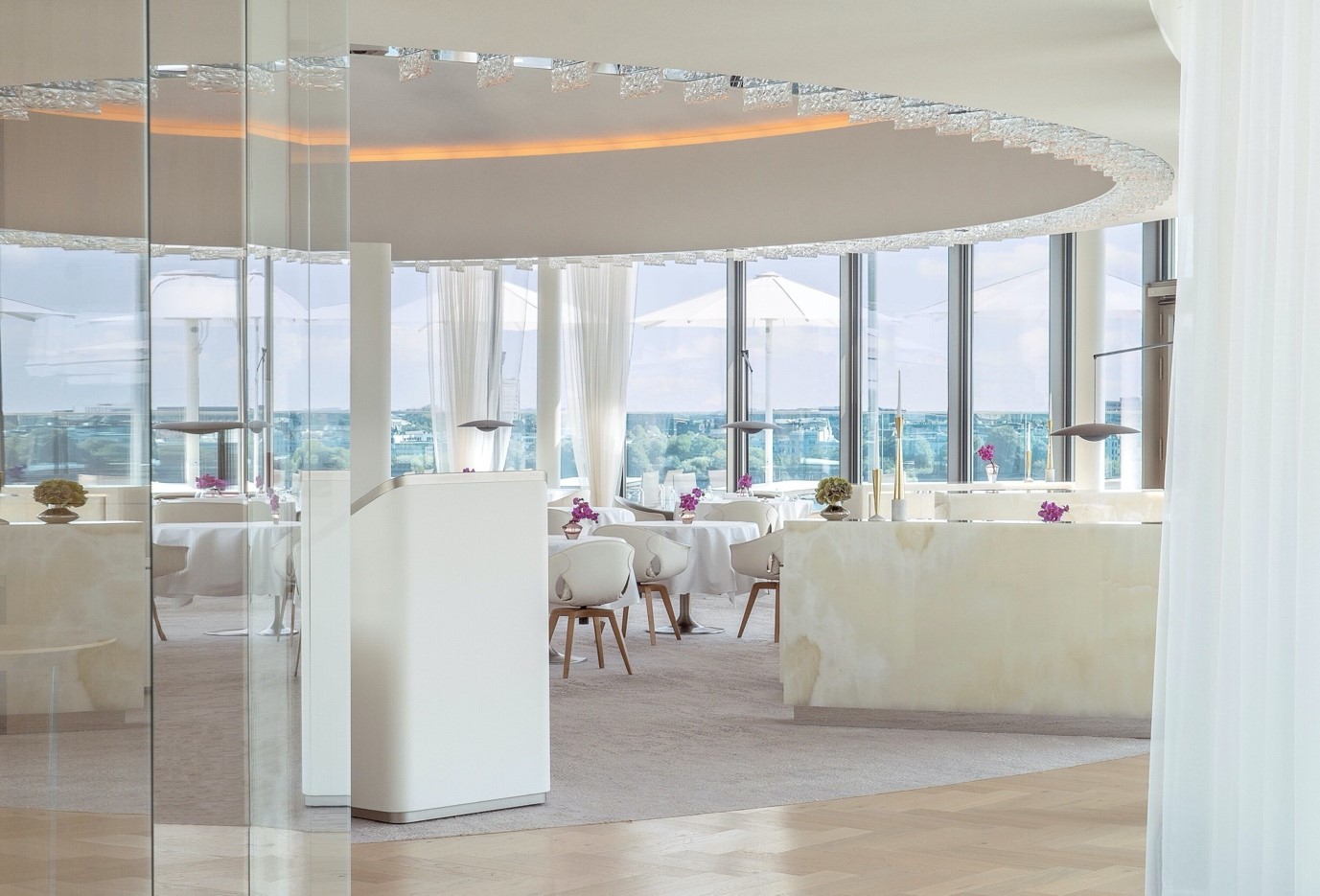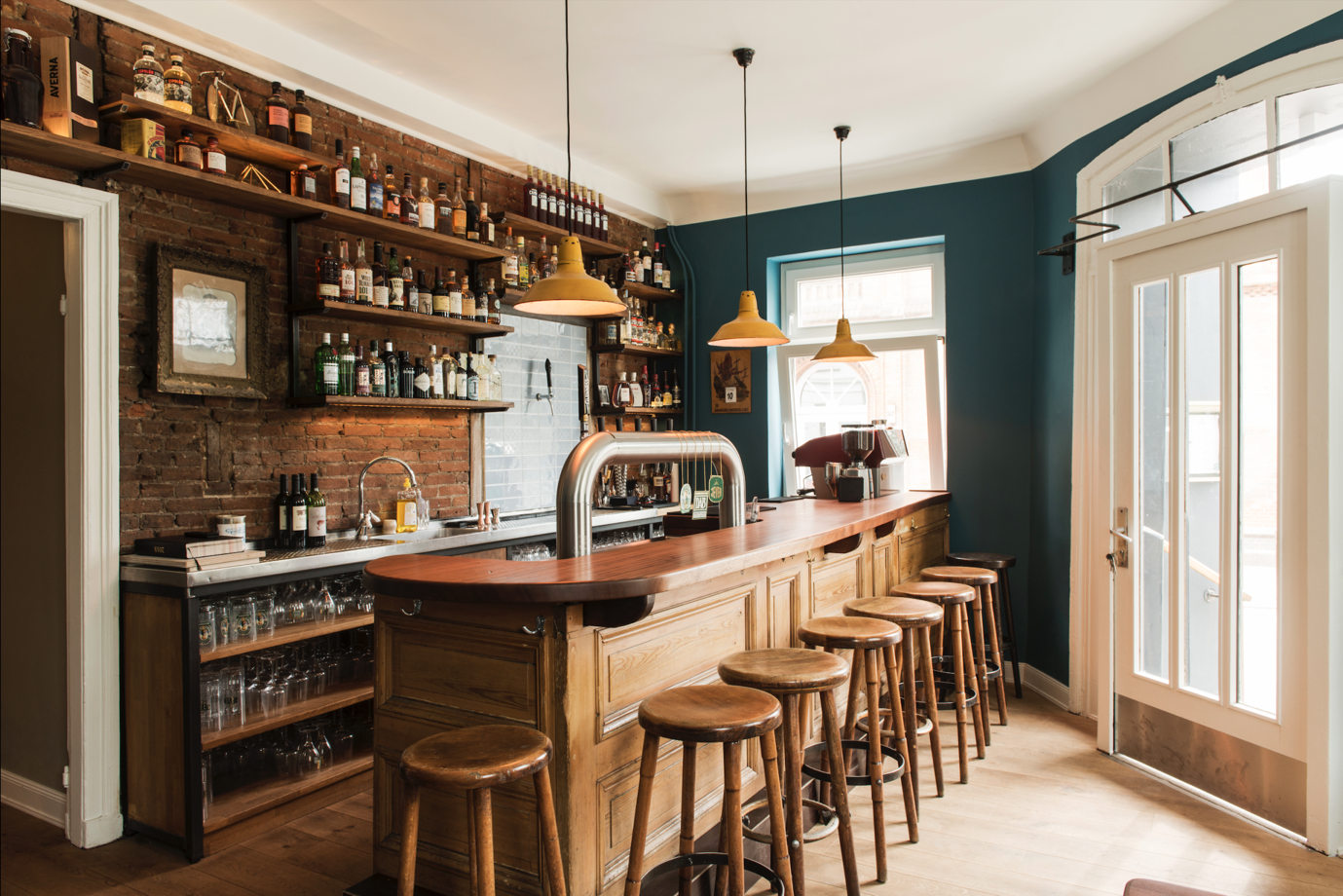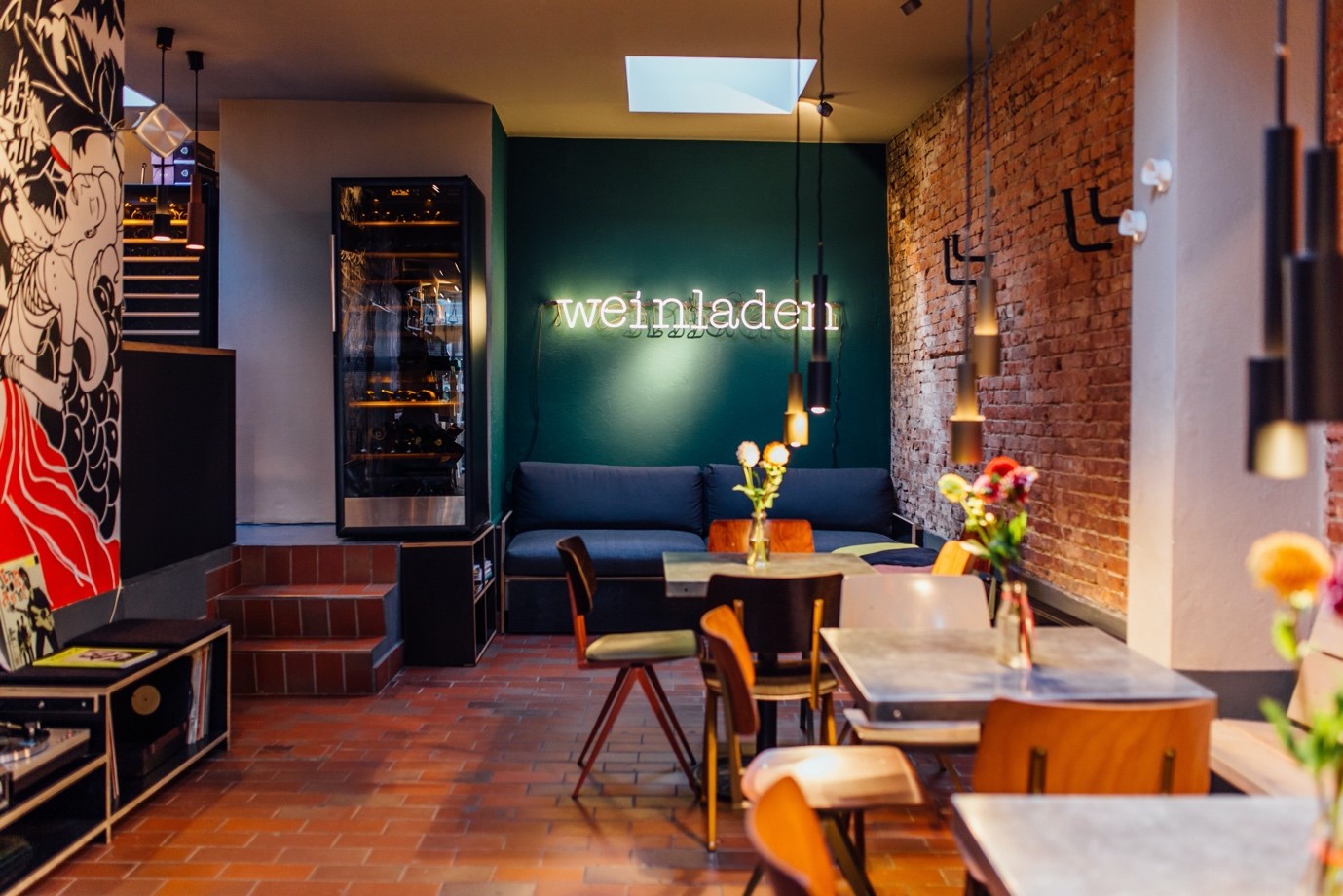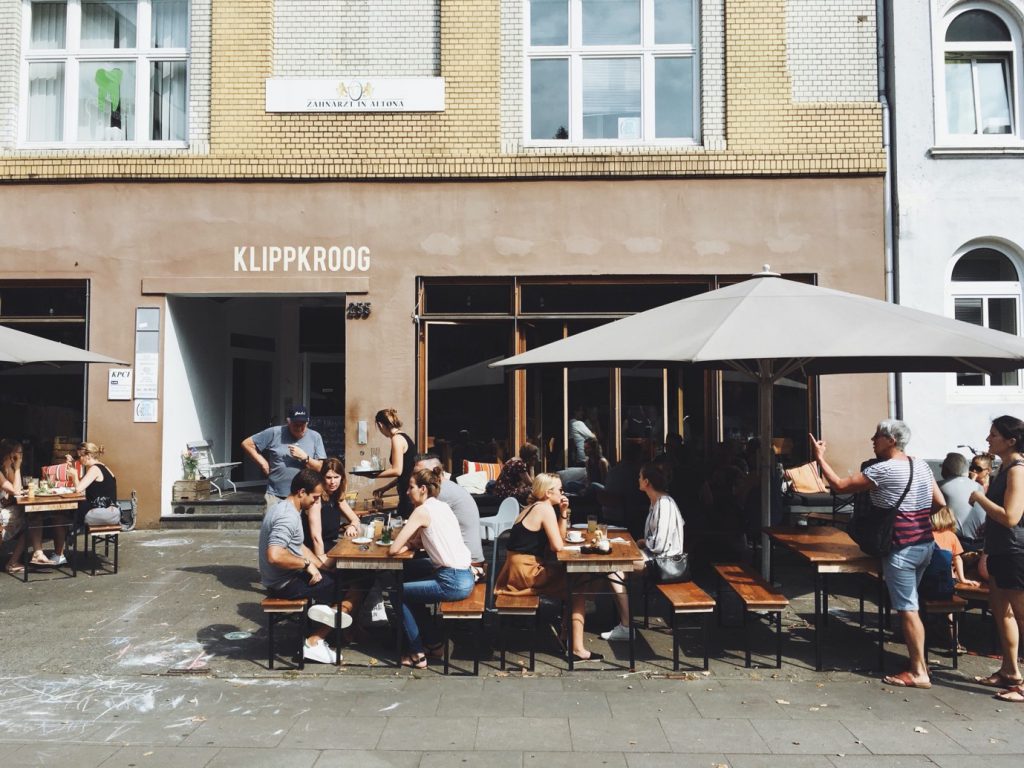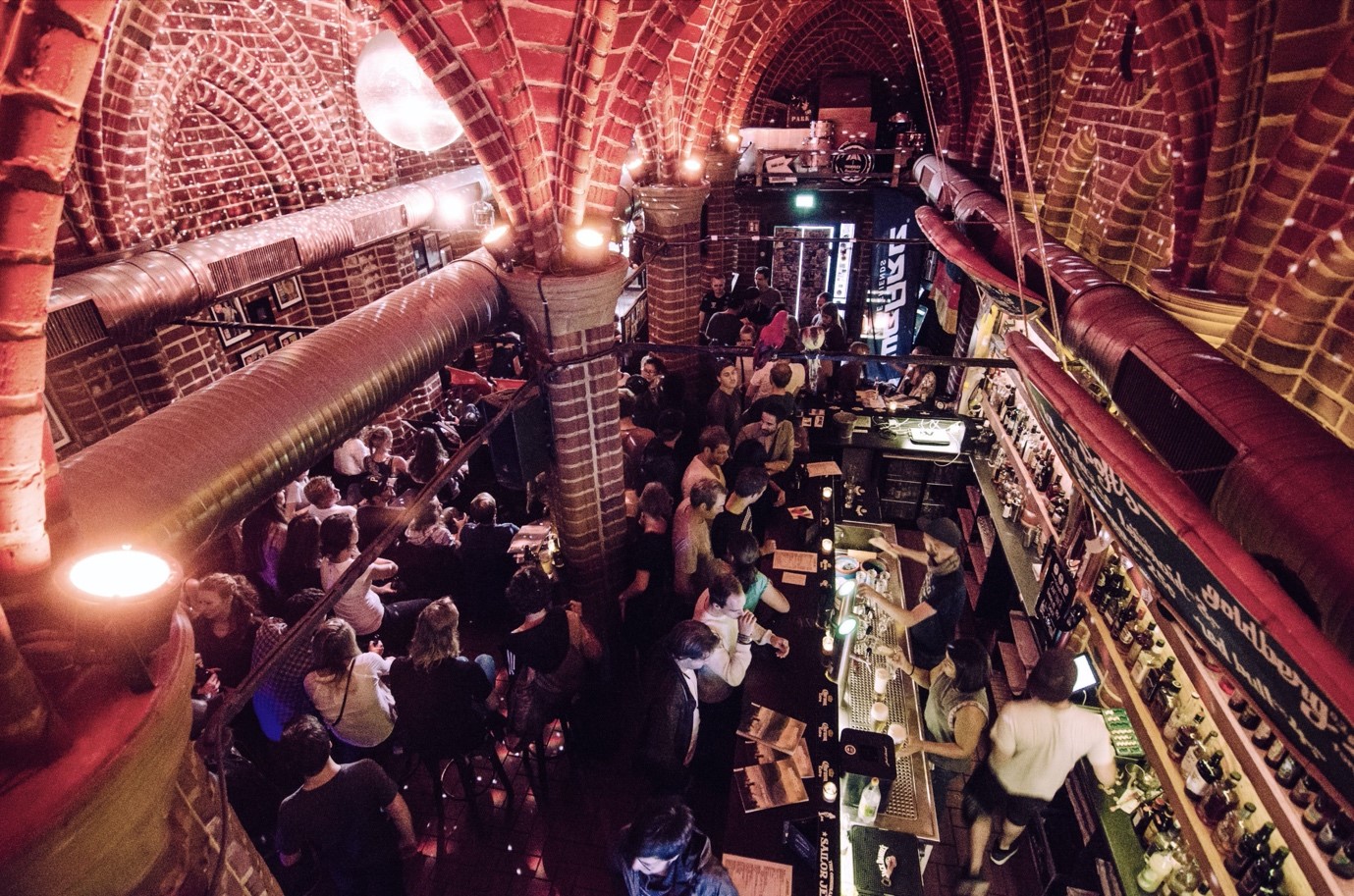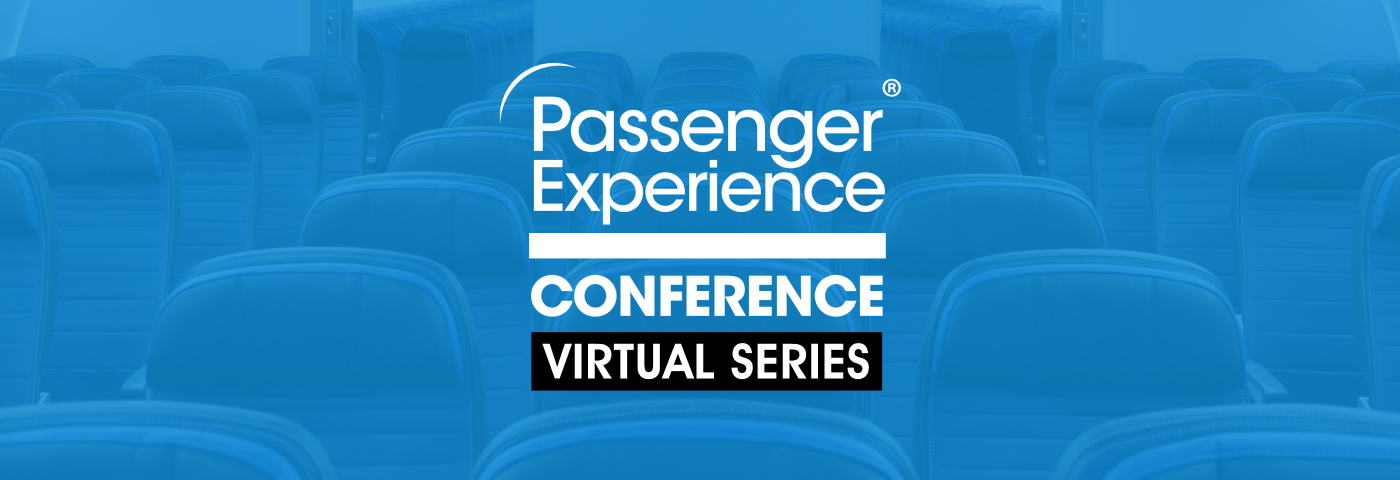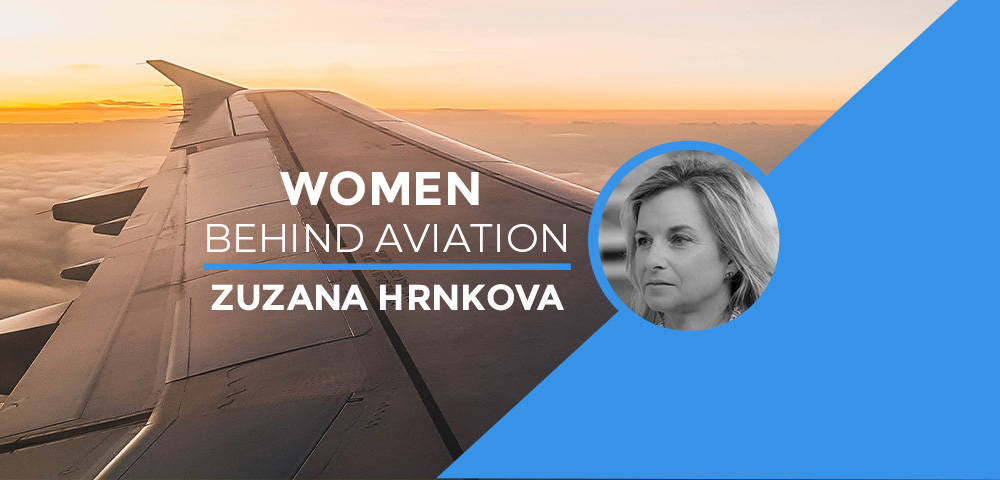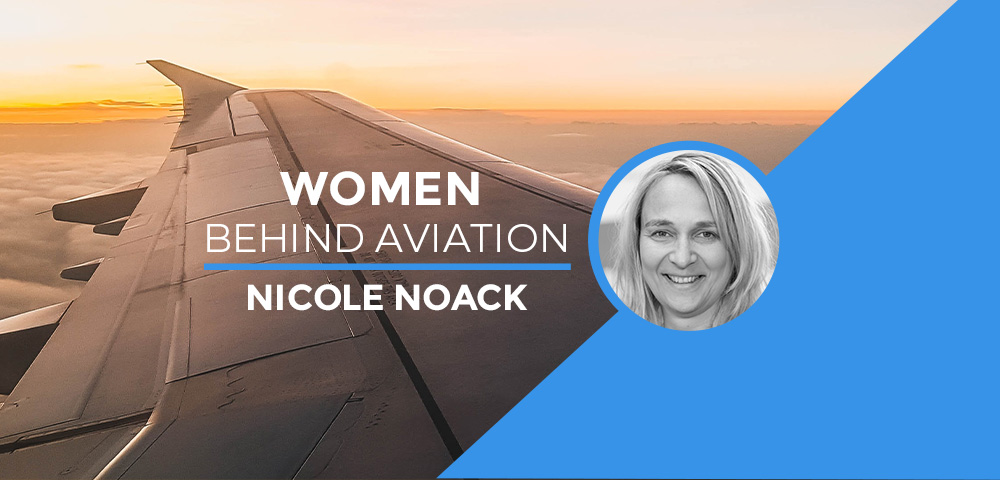This webinar will look at opportunities to reduce fuel usage and the CO2 aviation footprint through the use of innovative lightweight composite materials. Learn more about Project AIRTEK – an 18-month Aerospace Technology Institute/UK Government-sponsored programme with Williams Advanced Engineering, JPA Design and SWS Certification – focused on delivering a novel business class seat structure for prototype demonstration (Technology Readiness Level 6) in Q2 2021.
Moderator: Cristian Sutter, Vice President, Commercial Aviation Strategy, GDC Technics
Ben Orson, Managing Director London, JPA Design
Stu Olden, Senior Commercial Manager, Williams Advanced Engineering
Nigel Smith, Managing Director & Head of Design, SWS Certification Services
For more video insights, sign up to the AIX channel.
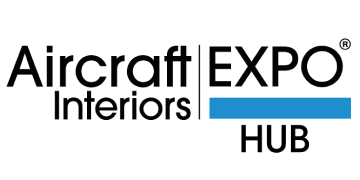


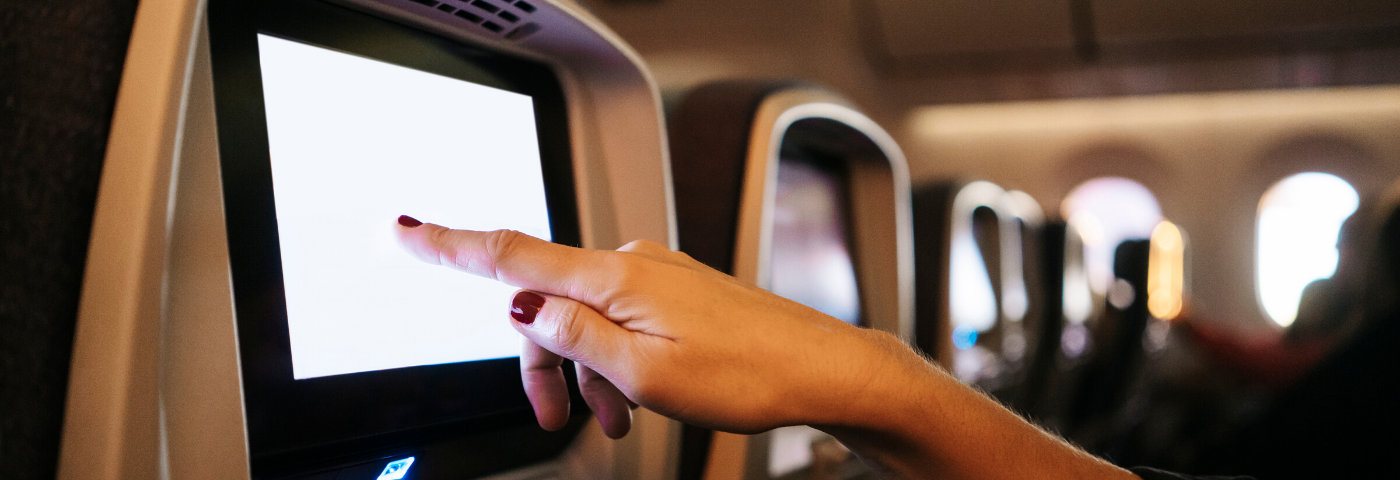
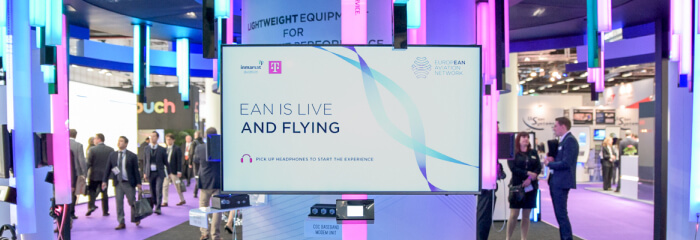
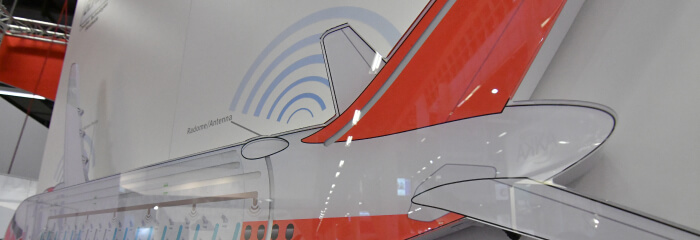



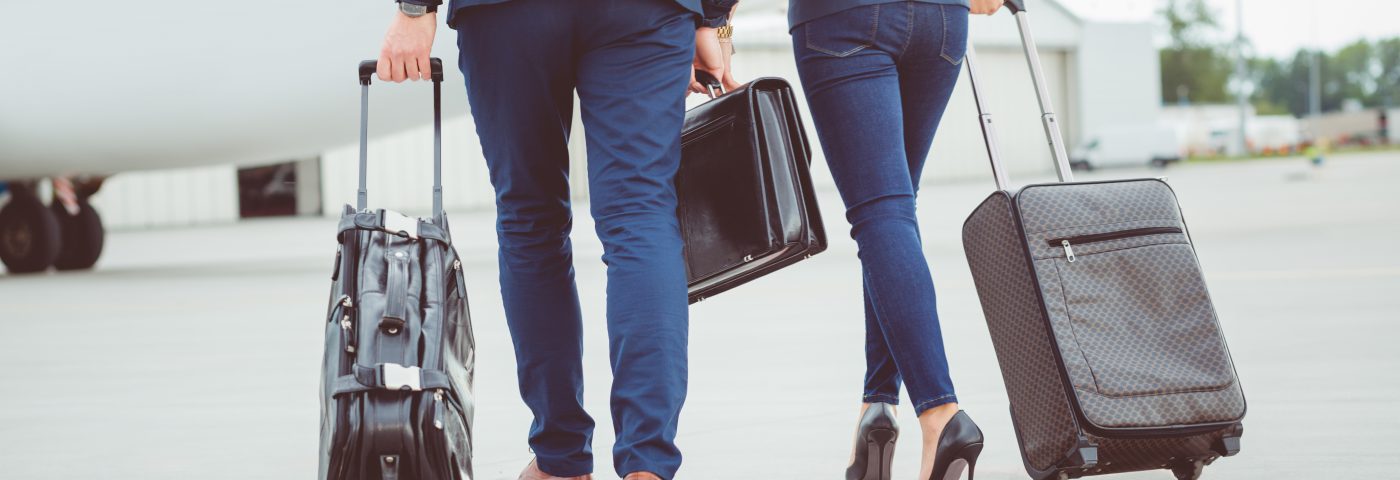



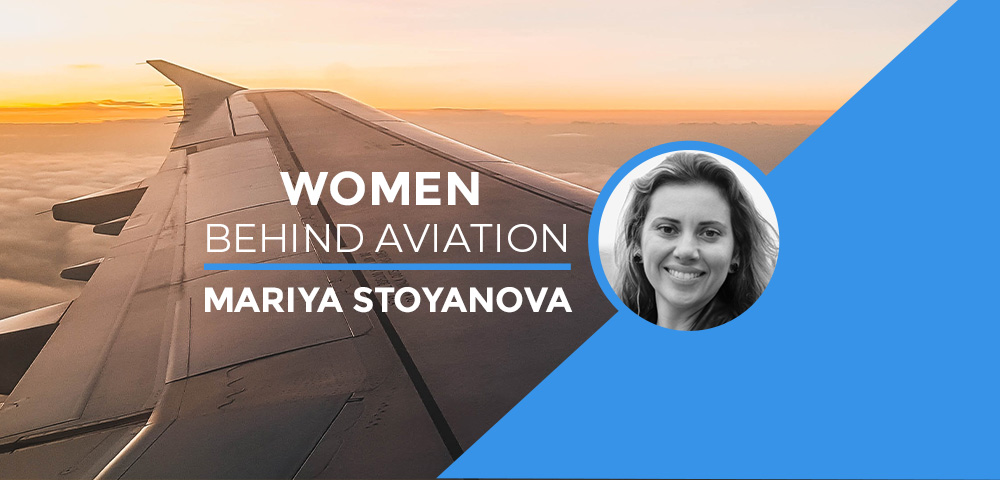


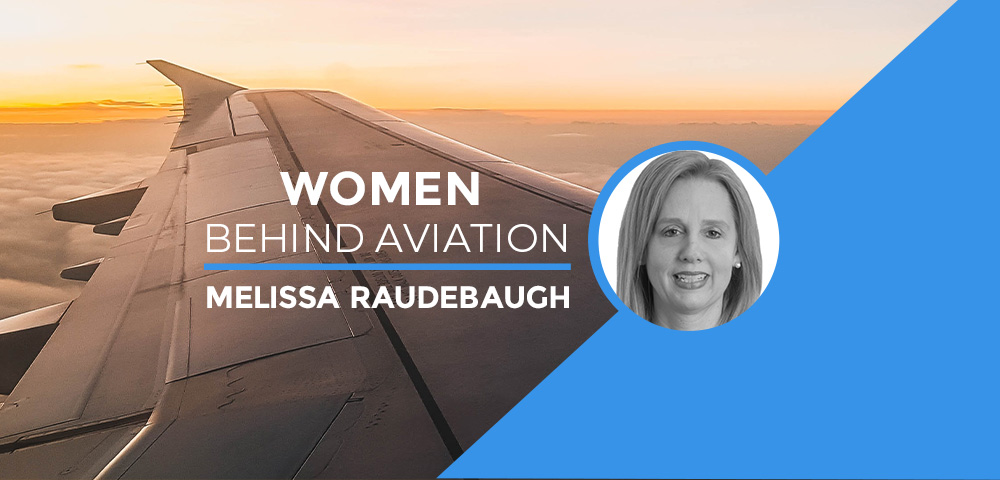
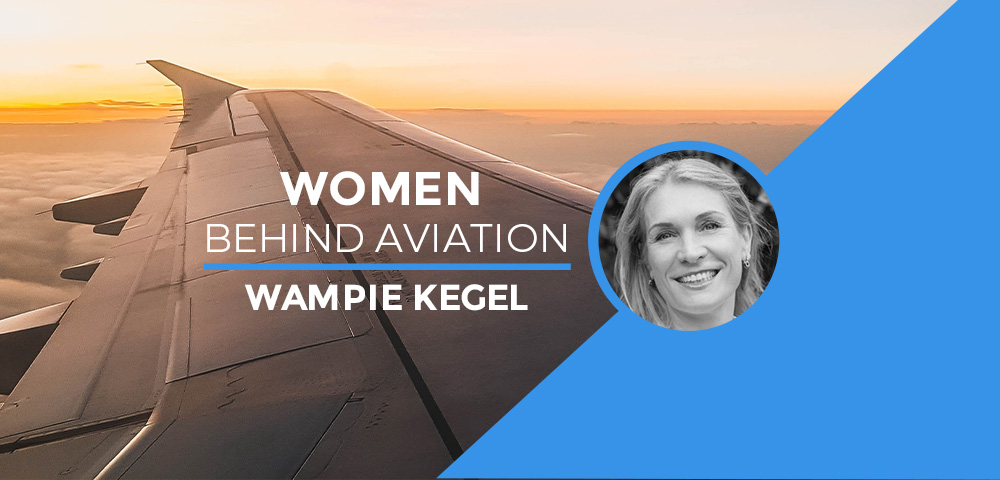

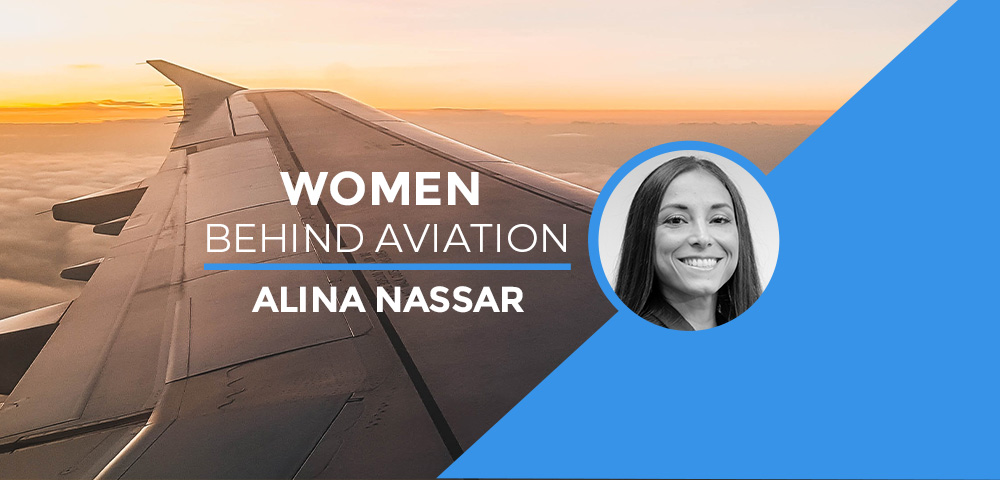


 The Official Hotels Partner of Aircraft Interiors Expo, HotelMap™, has put together a guide to the city. Discover the top restaurants, bars and cafes in Schanzenviertel, Karolinenviertel and St. Pauli – three of Hamburg’s most exciting neighbourhoods renowned for their food and drink scene – as well as post-event activities including foosball championships and beer pairing dinners. Plus, the chance to visit the world’s largest miniature airport. Read on to discover how to make the most of your time in Hamburg during
The Official Hotels Partner of Aircraft Interiors Expo, HotelMap™, has put together a guide to the city. Discover the top restaurants, bars and cafes in Schanzenviertel, Karolinenviertel and St. Pauli – three of Hamburg’s most exciting neighbourhoods renowned for their food and drink scene – as well as post-event activities including foosball championships and beer pairing dinners. Plus, the chance to visit the world’s largest miniature airport. Read on to discover how to make the most of your time in Hamburg during 